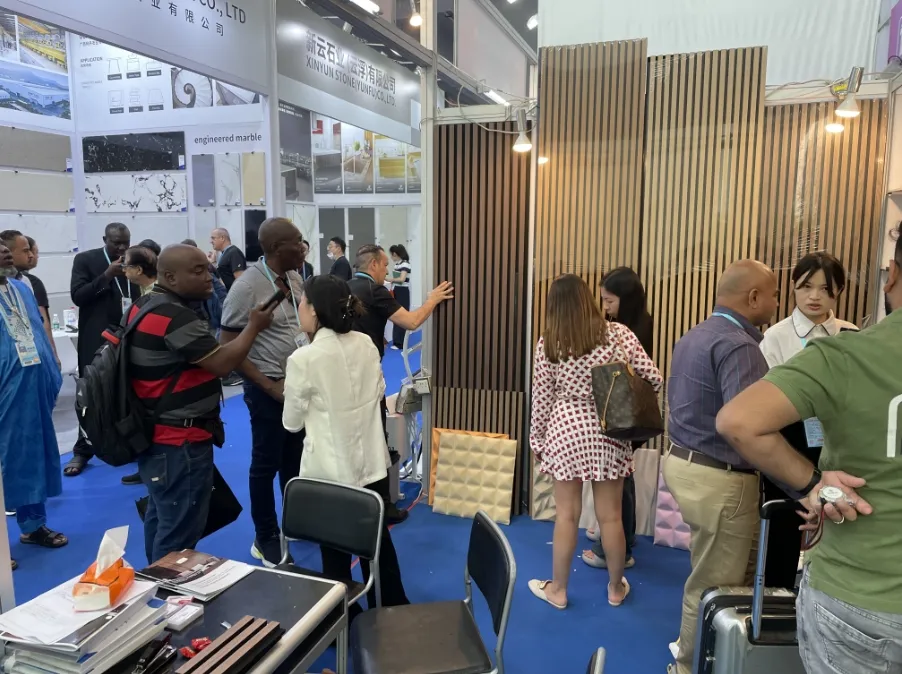Exploring Felt for Sound Absorption
Sound absorption is a critical aspect of interior design and architecture that significantly affects the acoustics of a space. Whether in an office, a home, or a public venue, the quality of sound and the comfort of listening experiences can be drastically influenced by the materials used in the environment. Amongst various sound-absorbing materials, felt has emerged as a popular choice. This article delves into the characteristics of felt, its advantages for sound absorption, and its applications in diverse settings.
Felt is a textile made from fibers that are matted together through heat, moisture, and pressure. This process creates a dense material that possesses unique properties beneficial for sound absorption. One of the primary reasons felt is effective in reducing noise levels is its porous structure, which allows sound waves to penetrate the surface and dissipate energy. The fibrous nature of felt traps sound vibrations, thereby reducing reverberation and echo.
Exploring Felt for Sound Absorption
Felt's sound absorption capabilities are often quantified using the Noise Reduction Coefficient (NRC), which measures how well a material can absorb sound. Materials with higher NRC values are more effective at minimizing sound reflections in a space. Quality felt products typically exhibit high NRC ratings, making them suitable for areas that require sound control, such as conference rooms, open-plan offices, recording studios, and educational institutions. By utilizing felt in these environments, noise levels can be significantly reduced, improving communication and focus.
felt for sound absorption

In addition to its functional benefits, felt can also be used creatively to enhance the overall ambiance of a space. Designers can employ felt in wall panels, ceiling tiles, and decorative elements, introducing color and texture while enhancing sound absorption. For instance, felt wall art not only serves as an artistic statement but also contributes to sound dampening, creating a more comfortable listening environment.
Another noteworthy application of felt in sound absorption is in furniture design. Products such as felt-covered acoustic panels, room dividers, and upholstered furniture can provide both functionality and style. These pieces not only reduce sound transmission between spaces but also offer a tactile, cozy element to interiors, making them particularly appealing for residential living areas.
While felt is highly effective in absorbing sound, its advantages extend beyond acoustics. It is lightweight, easy to install, and can be cut into various shapes and sizes, allowing for customized solutions that meet specific acoustic needs. Additionally, felt is durable and resistant to wear, ensuring that sound absorption remains effective over time.
In conclusion, felt has proven to be a valuable material for sound absorption in various contexts. Its unique properties not only enhance acoustic performance but also contribute to the overall design and feel of a space. As the demand for effective sound management in built environments continues to rise, felt will undoubtedly play a significant role in shaping the future of acoustic solutions. Both functional and aesthetic, felt brings a harmonious balance between comfort and style in any setting.
